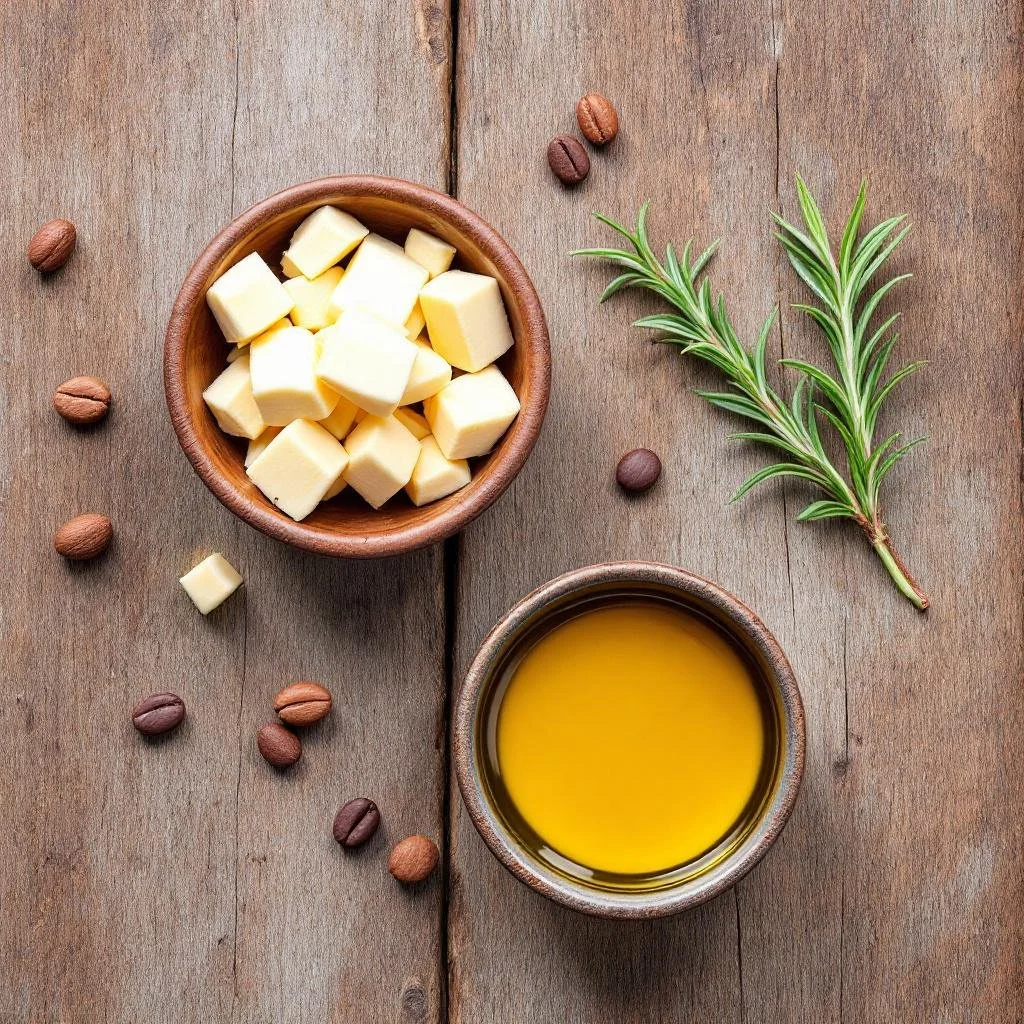Hello, wonderful friends! Here at our little chocolate family, we believe that some things are simply meant to be special. From family gatherings to quiet moments of indulgence, the right chocolate can turn any day into a sweet memory. But have you ever wondered what makes one chocolate melt perfectly in your mouth while another feels waxy? The secret often lies in the type of chocolate used.
Not all chocolates are created equal, and we want to share a little of our kitchen wisdom with you. We're going to explore the two main types of chocolate you'll find in the culinary world: compound and couverture. Understanding the difference is key to appreciating the craft behind truly exceptional candies. It’s a distinction we hold dear, as it’s at the very heart of what makes our chocolates so enchanting.
What is Couverture Chocolate?
Couverture chocolate is the star of the show for professional chocolatiers and pastry chefs, and for good reason! The word "couverture" is French for "covering," which hints at its primary use in coating and enrobing fine candies. But it’s the ingredients that truly set it apart.
The defining characteristic of couverture chocolate is its high percentage of cocoa butter. To earn the name, chocolate must contain a minimum of 31% cocoa butter. This natural fat, extracted directly from the cocoa bean, is what gives couverture its signature qualities.
The Magic of Cocoa Butter
Cocoa butter is what gives chocolate that luxurious, silky-smooth texture that melts beautifully on your tongue. It has a melting point just below human body temperature, which is why a piece of fine chocolate begins to dissolve the moment it enters your mouth, releasing its complex flavors.
This high cocoa butter content also gives couverture chocolate a beautiful gloss and a satisfying "snap" when you break it. It’s a sign of quality and proper tempering—a careful process of heating and cooling that aligns the crystals in the cocoa butter.
What is Compound Chocolate?
Compound chocolate, on the other hand, is made with a different kind of fat. Instead of relying on cocoa butter, it uses vegetable fats like palm kernel oil or coconut oil. This substitution is the main difference between compound and couverture, and it impacts everything from taste to texture.
Why Use Vegetable Fats?
The primary reason for using vegetable fats is cost and convenience. These oils are less expensive than cocoa butter and have a higher melting point. This makes compound chocolate much easier to work with, as it doesn't require the precise tempering process that couverture demands. It simply needs to be melted down and it will harden with a decent shine.
This ease of use makes compound chocolate a popular choice for mass-produced treats, ice cream toppings, and some home baking projects where convenience is key. However, this convenience comes at a trade-off in quality.
Key Differences at a Glance
Let's break down the sweet details side-by-side so you can see just what makes these two chocolates so different.
Ingredients and Quality
Couverture: Made with cocoa solids and a high percentage of cocoa butter. This is real chocolate in its purest form, delivering rich, nuanced flavors that come directly from the cocoa bean.
Compound: Cocoa powder is present, but the fat is vegetable oil instead of cocoa butter. The flavor is often less complex and can sometimes have a waxy or greasy mouthfeel.
Taste and Texture
Couverture: Melts smoothly and luxuriously in your mouth, coating your palate with deep, authentic chocolate flavor. It has a crisp, satisfying snap.
Compound: Doesn't melt in the same way. Because vegetable oils have a higher melting point, it can feel waxy and tends to linger in the mouth rather than dissolve. The flavor is often simpler and sweeter.
Tempering and Usage
Couverture: Requires a careful tempering process to achieve its signature gloss and snap. This skill is a hallmark of a true chocolatier and is essential for creating professional-grade confections.
Compound: No tempering needed! It’s a melt-and-go product, which makes it forgiving for quick decorations or coatings where texture isn't the primary focus.
Handcrafted By Our Family, For Yours
From our family to yours, we believe in using only the best ingredients. It's a tradition we've cherished for years. When you bite into one of our handcrafted chocolates, we want you to have a truly enchanting experience—one filled with rich flavor and a texture that feels like pure bliss.
That is why we exclusively use high-quality couverture chocolate in all our premium candies. We take the time to temper it perfectly, ensuring every bonbon, truffle, and chocolate-covered treat has that beautiful shine, satisfying snap, and luxurious melt-in-your-mouth feel. It’s a labor of love, but one we know makes all the difference.
We pour our hearts into crafting sweets that bring joy and create memories, and that starts with an unwavering commitment to quality. By choosing couverture, we honor the old-fashioned recipes and fine ingredients that have always defined our chocolate-making. Thank you for letting us share our passion with you!
Cocoa Butter - the natural fat derived from cocoa beans (used in our chocolate) VS Vegetable Oil (used in compounds—-typically used for home melting)

